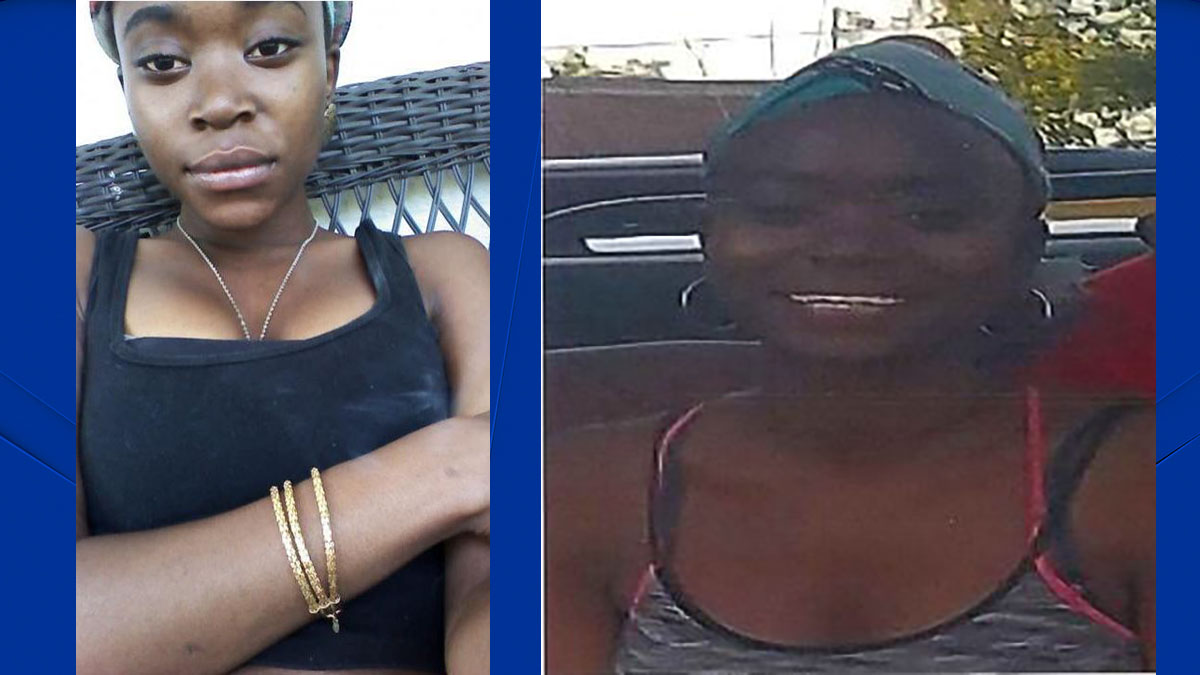A judge has intervened to stop City Hall from beating up on some of the most vulnerable New Yorkers: single, homeless adults.
Last fall, Mayor Bloomberg tried to institute a new policy that his longtime ally Council Speaker Christine Quinn calls cruel and punitive. The policy would have required homeless adults to prove that they have no place to stay and that they are truly homeless in order to qualify for a cot in a shelter.
The department’s commissioner, Seth Diamond, predicted the new rules would probably reduce the homeless population by 10 percent and save the city about $4 million a year.
It’s a senseless and inhumane policy in view of the fact that studies over the years have shown that as many as 25 percent of homeless, single adults are mentally ill. Being homeless is being helpless enough. But if you are also mentally ill, how are you supposed to prove to some city bureaucrat that you are indeed unable to find a bed anywhere? Many homeless people can hardly remember where they slept last night.
The new policy is not only impractical. It’s heartless.
The Legal Aid Society and the City Council recognized that, and sued, saying the policy was “mean-spirited” and violated a 1981 court decree that ordered the city to provide shelter to anyone who sought it.
Finally, a State Supreme Court ruled Tuesday that the Bloomberg administration could not impose a new, tough set of regulations on homeless people seeking shelter.
Local
It seems to be déjà vu. In 1981, homeless advocates brought a lawsuit called “Callahan” after the homeless man who inspired it. He was sleeping on a park bench one night when Bob Hayes, the young lawyer pressing the case, introduced me to Callahan. “All I want,” I recall Callahan saying, “is a home.”
Then followed the consent decree -- as New York proved again its compassion and decency.
Three decades later, last Tuesday, Justice Judith J. Gische ruled that this administration had ignored the law by trying to rush enforcement of the new policy.
The city’s homeless population reached a record high of 40,000 last fall. Steve Banks, the lawyer for Legal Aid, called the city’s new policy “a shelter denial plan.” Mary Brosnahan of the Coalition for the Homeless told me the new policy seemed strange. “At a time when the homeless population is at an all-time high, we’re kicking people to the collective curb.”
Father John Felice, runs the bread line at St. Francis Church each day. I have seen him many times giving sandwiches and coffee to the men at daybreak. “A lot of homeless people,” he says, “ are unable to prove that they are truly homeless. They have mental problems. How do you figure it out? It’s not helpful.”
The homeless bread line at the church gives us something to ponder. As St. Francis said, ”For it is in giving that we receive.”



